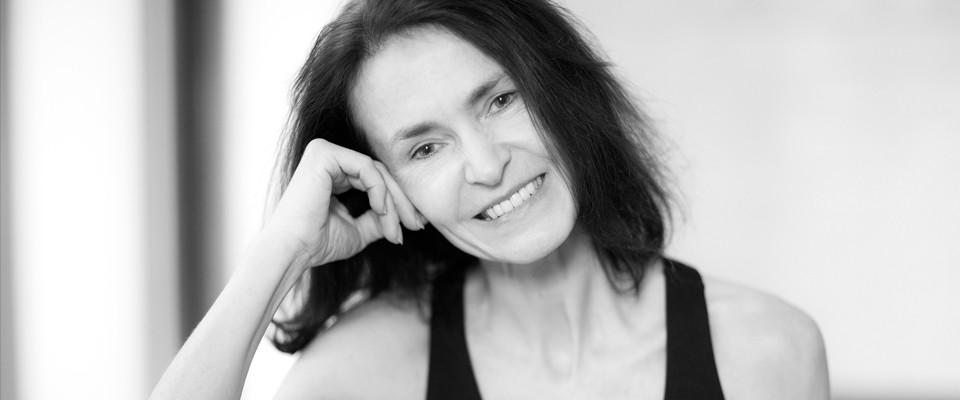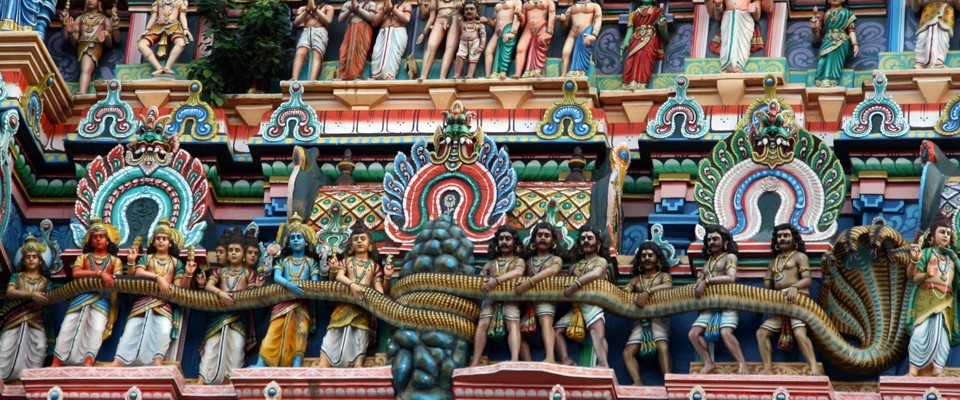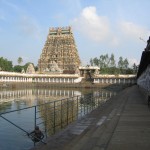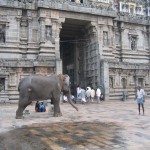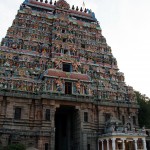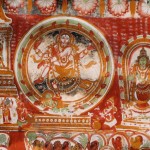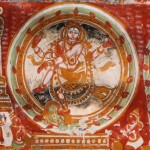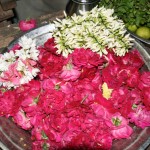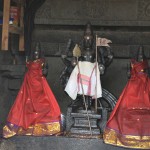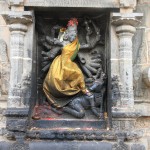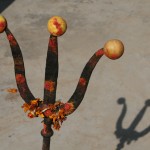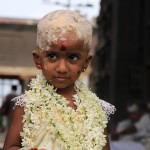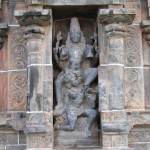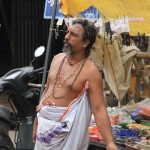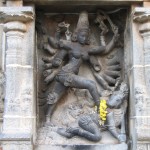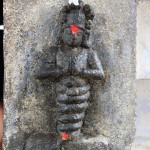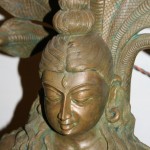Sergine has been a professional dancer at the 20th Century Ballet of M. Béjart, Ballet des Flandres, Choreographic Theater of Rennes, Ballet of Nancy, Scapino Ballet, Bonn Ballet and Tanit Dance Theater. Meanwhile, she has always been a passionate photographer.
After a workshop in China with Guy Le Querrec from the MAGNUM Photos Agency, she naturally decided to become a professional photo reporter and contemporary dance photographer.
“Regards d’Afrique” has been her first major work to win the International Leica Contest Award – Fascination du Noir et Blanc.
Several works such as “The Fall of the Berlin Wall 1989-1999- 2009”, “The Life of the Gypsies in Alentejo”, Tibet with “Losar feasts in Labrang”,” Acupuncture for all”, “In the heart of Tibetan Buddhism”, Jazz with “Corps Accords”, … lead to various exhibitions and publications.
As a passionate dancer, she continues to photograph live performances, and especially Michèle Noiret’s work for about 30 years. This intimate collaboration will lead to the edition of “Territoires intimes – Michèle Noiret – La danse-cinéma” (ed. Alternatives théâtrales) in March 2009.
“Thanks to her passion for dance, Sergine Laloux photographs the art of movement and composition, without pathos nor voyeurism, with a particular sense of frames and forms.” Jean-Marie Wynants, Le Soir.
Sergine discovered Ashtanga Yoga in 1998. Since 2000, she practices with Jean-Claude Garnier, who’ll teach her to become a professional Yogi Master.
Sergine followed a 4-years full program at the Ashtanga Yoga Institute of Brussels.
She also participated to different seminars in Greece and India with Jean-Claude Garnier, workshops or retreats with David Swenson, Tim Miller, Jason Crandell, Peter Sanson, Magnus Ringberg, Barath Shetty, Kristina Karitinou, Kia Naddermier, Lucy Crawford …
In January 2016, she joined a 3-weeks intensive program on Therapeutic Yoga with Barath Shetty in Mysore.
In August 2016, she did the Teacher Training – Ashtanga 2nd series of 100 hours at the Ashtanga Yoga Center of Encinitas, California with Tim Miller.
In 2017, she joined him for a workshop in Berlin and a retreat in Italy.
She also received training in the use of Yoga Wall and she gives individual lessons.
In her multiple lives as a dancer, photographer and now Yoga teacher, transmission has always been part of her concerns and her thoughts towards pedagogy.
A teacher has never finished studying, learning … “Teaching is learning two times.” J.Joubert
